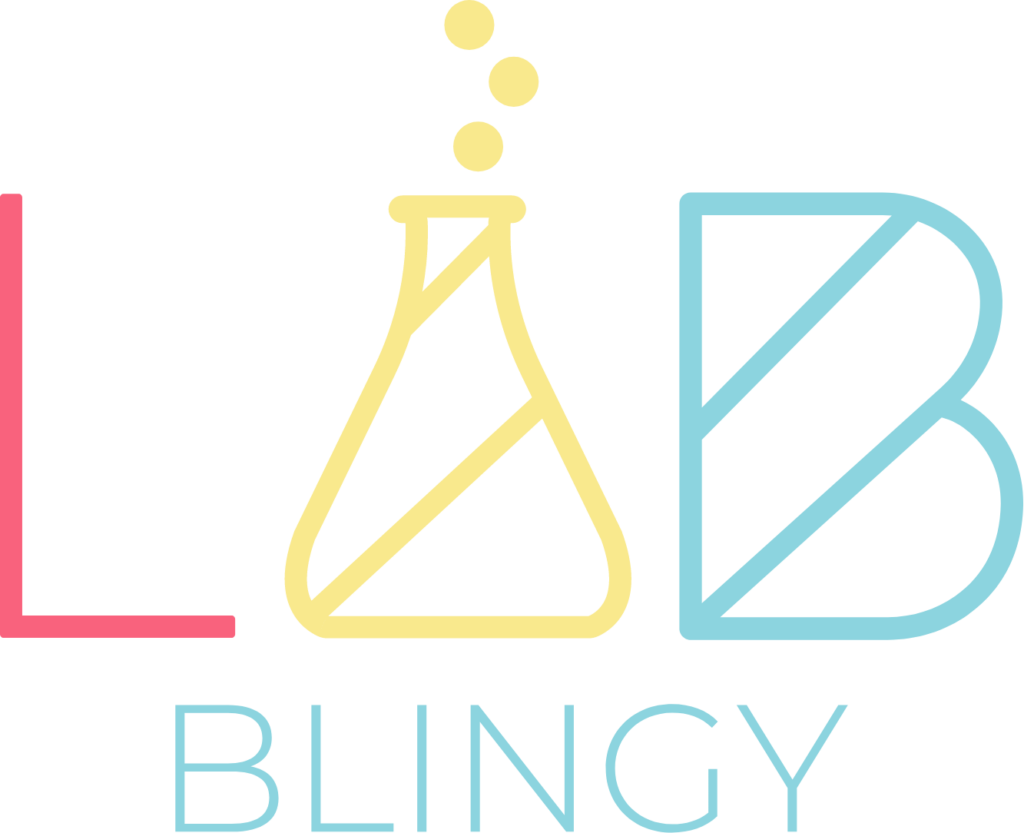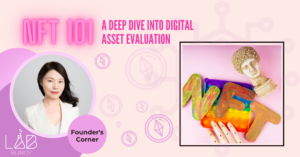The internet is designing our future unapologetically. Its effect on us has been profound, shaping everything from how we interact to endless possibilities on how we handle our finance.
One of the major proponents driving this digital revolution is the web3 – the famous iteration of the internet disrupting the financial system, redistributing wealth, and making the web democratic. This web innovation might still be new, but the need for a decentralized environment keeps putting it at the forefront of the trajectory toward futuristic technology trends.
In the last decade, we’ve witnessed a splurge of ideas about web3 projects. This year, these projects have materialized and are starting to take a stance on providing open-source, permissionless services supported by token economies.
I have highlighted some top mission-driven web3 Projects to look out for in 2022.
Top 10 web3 Trends in 2022
1. Artificial Intelligence
AI has unparalleled decision-making capabilities that gradually make it indispensable for many industries. The intersection of AI and web3 forms a strong link to human intelligence. This innovation leverages various techniques like ML (Machine Learning) and data to link people and boost productivity for users without compromising their privacy. An ideal AI technology can save a lot for businesses by easily automating and streamlining activities, thereby fast-tracking the growth of companies.
2. BAAS:
Blockchain-as-a-Service is a brand new trend in Blockchain technology. This innovation is a third-party cloud-based service that enables users to create Blockchain applications such as; the Smart contract and DApps (Decentralized Applications). BaaS functions as a web host that runs the backend operation for any blockchain-based application. This technology helps businesses to focus on their core activities while it supports;
-
Bandwidth management
-
Enhanced security
-
Automation using smart contracts
-
Hosting requirements
-
Transparency and traceability
3. The Semantic Web
This web is also referred to as web 3.0 or, as I like to call it, ‘the web of data. It simplifies internet data and makes it readable to users. Users, at the same time, can construct data stores on the web and dictate their data usage. One of the main benefits of the semantic web is that large amounts of data and information are made explicit and accessible to computers, thereby improving the accuracy and dependency of searches made on the web.
4. Decentralized Technology
This technology will ensure peer-to-peer regulations on the blockchain. A decentralized technology would guarantee the sole ownership of a user’s data, especially without interference from third parties like the government or giant tech companies.
5. NFTs to Foster Web 3.0 Motion
Web 3 would provide a boundless platform for Non-Fungible Tokens. Digital art owners can now generate liquidity from their formerly illiquid assets, fractionalize their physical asset ownership and diversify their investment portfolio. This tech combination would help creators associate with their users like never before. A practical example is seen in the NFTfi.
6. 3D Interactive Web Technology
Web3 would encourage 3D interactive grounds, such as the glimpse of possibilities we have seen from the metaverse. This technology would include virtual identities, interactions, and many more interesting opportunities, such as users having absolute control of their personalities in a three-dimensional virtual environment.
7. Social Web
The social web would inspire the decentralization of social media platforms. A typical decentralized social media platform would be built with Blockchain ledgers to foster decentralization. In essence, social media platforms would become devoid of third-party intrusion like we experience from social media companies. This trend would solve the problem of privacy breaching, mismanaged data, and inauthentic and irrelevant information that has been the norm with web 2.0.
8. Low code Application Building Software
This Web 3 application removes the low-code or no-code application software, simplifying the creation of mobile apps for companies. This innovation would springboard efficiency, flexibility, and management by making application development easy.
9. Flux
Flux is the trustless data layer for web3 that lays the groundwork for developers to create, manage and spawn their web versions on multiple applications simultaneously using Smart Contract. This technology will help developers develop decentralized initiatives and objectives. Flux provides a decentralized operating system called FluxOS that ultimately provides the critical, high availability infrastructure for the new decentralized internet.
10. Cloud Computing Technology
Web 2 saw some mishaps with data storage, such as loss, theft, and many more. Through cloud computing, web3 facilitates a reliable repository for storing critical information. These days companies are shifting toward cloud-native systems that seamlessly grant them access to work from any part of the globe.
Wrapping Up
The future of the web3 internet has one major goal: to let the user take absolute control of their actions online through more efficient and decentralized blockchain technology.
Web3 is not only designing our future; it is capable of bringing drastic changes and improvements to our lives through the internet. This web version would help users reclaim the once lost ownership of their data and provide ample opportunities to capitalize on it.
It is only a matter of time before we see the consequences and full potential of web3 unfolding before our eyes.
What are your thoughts? Does the prospect of having undisputed control over your data through web3 applications excite you?
Follow my Twitter @JoyyuanWeb3 to learn about the trends of Blockchain, Crypto, and Web3!








